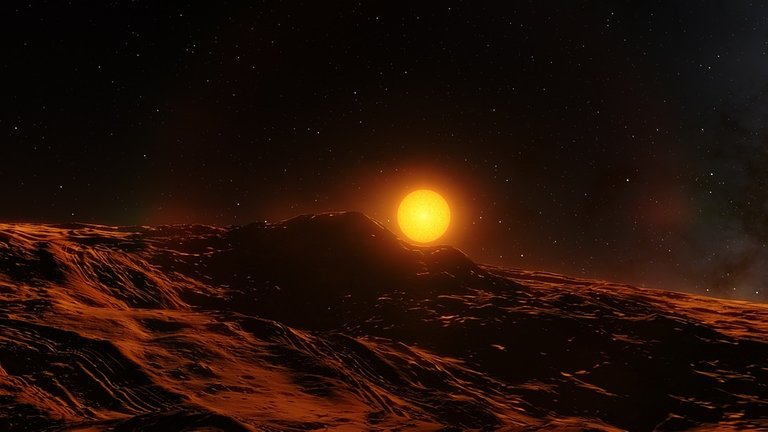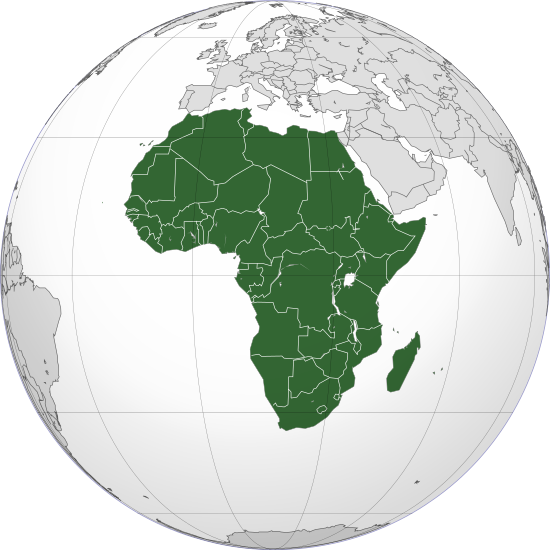Retrotransposons in evolution
According to a new study presented by a team of researchers at the University of Adelaide, in the course of evolution, the role of retrotransposons has played a more important role than previously thought. The study was conducted on almost 750 different species of animals, plants and fungi.
Imagine CC0 Creative Commons - Source
Retrotransposons are genetic elements that can replicate themselves and transfer their copy into different parts of the individual's genome. It was thought that these DNA elements were transmitted from parents to children, but now it has been shown that the transfer can also occur between different species. In particular, the transposable element called "L1", often present in animals and plants, has been studied. This genetic element is present in many species of mammals, but not monotremes (the platypuses, for example). This shows that L1 has entered the mammalian genome only after the evolutionary separation with monotremes. According to the researchers, retrotransposons played a fundamental role in the development of modern mammals.
A near Earth?
At 11 light years from us, in orbit around Ross 128, there is an exoplanet that could have similar characteristics to the Earth. Ross 128 is a red dwarf, the most common type of star in the Milky Way.

Imagine CC0 Creative Commons - Source
No, it is not a twin planet of the Earth, but it could have many characteristics in common. To understand this, scientists first analyzed the light of the Ross 128 star. The spectroscopic analysis showed that the star has a composition similar to that of our Sun. Thanks to this information, researchers have estimated the radius and the mass of the Ross 128b planet. The planet should be rocky, with a temperate climate and may have liquid water on the surface.
The man's cradles
It has long been known that modern man has probably evolved in Africa, and from there began his long journey across the continents to conquer the world. Now a new research seems to suggest that it is more than one civilization that originated us.

Imagine CC0 Creative Commons - Source
According to a research published on Cell, today's man is the result of the remixing of many communities of our ancestors, who had remained separated for a very long time, almost coming to generate different species. Then, this distance would have almost caused the speciation of the different groups, leading to the birth of very different morphological and cultural elements, that have joined to create the modern man.
Post of the day

Imagine Public Domain - Source
There are some posts that are definitely difficult to tell, but that definitely deserve to be read. @egotheist offers us an ironic and fun journey, to which everyone should participate... And for your own good, we will avoid adding more!

Immagine CC0 Creative Commons, si ringrazia @mrazura per il logo ITASTEM.
CLICK HERE AND VOTE FOR DAVINCI.WITNESS
Keep in mind that for organizational reasons it’s necessary to use “steemstem” and “davinci-times” tags to be voted.
@viki.veg - @spaghettiscience - @rscalabrini
Retrotrasposoni nell’evoluzione
Nel corso dell’evoluzione il ruolo dei retrotrasposoni ha giocato un ruolo più importante di quanto pensato fino ad ora. È quanto afferma un nuovo studio, presentato da un team di ricercatori dell’Università di Adelaide, condotto su quasi 750 specie differenti di animali, piante e funghi.
Imagine CC0 Creative Commons - Source
I retrotrasposoni sono elementi genetici in grado di replicare sé stessi e di trasferire la loro copia in altri punti del genoma dell’individuo. Si pensava che questi elementi di DNA si trasmettessero per ereditarietà da genitori a figli, ma adesso, è stato dimostrato che il trasferimento può avvenire anche tra specie differenti. In particolare, è stato studiato l’elemento trasponibile chiamato “L1”, spesso presente negli animali e nelle piante. Questo elemento genico è presente in molte specie di mammiferi, ma non monotremi (gli ornitorinchi, ad esempio). Ciò dimostra che L1 si è inserito nel genoma dei mammiferi solo dopo la separazione evolutiva con i monotremi. Secondo i ricercatori, i retrotrasposoni hanno avuto un ruolo fondamentale per lo sviluppo dei mammiferi moderni.
Una Terra vicina?
A 11 anni luce da noi, in orbita attorno Ross 128, si trova un esopianeta che potrebbe avere caratteristiche simili alla Terra. Ross 128 è una nana rossa, la tipologia di stelle più comune nella Via Lattea.

Imagine CC0 Creative Commons - Source
No, non è un pianeta gemello della Terra, ma potrebbe avere molte caratteristiche in comune. Per capirlo, gli studiosi hanno innanzitutto analizzato la luce della stella Ross 128. Dall’analisi spettroscopica è emerso che la stella ha una composizione simile a quella del nostro Sole. Grazie a queste informazioni, i ricercatori hanno stimato il raggio del pianeta, Ross 128b, e la sua massa. Il pianeta dovrebbe essere di tipo roccioso, con un clima temperato, e potrebbe possedere acqua liquida sulla superficie.
Le culle dell’uomo
Da tempo è noto che, con ogni probabilità, l’uomo moderno si è evoluto in Africa e da qui è cominciato il suo lungo viaggio attraverso i continenti alla conquista del mondo. Una nuova ricerca sembra ora suggerire che sia però più di una la civiltà ad averci originati.

Imagine CC0 Creative Commons - Source
Seconda una ricerca pubblicata su Cell, l’uomo di oggi è il frutto del rimescolamento di numerose comunità di nostri antenati che erano rimaste separate per moltissimo tempo, arrivando quasi a generare specie differenti. Questa lontananza avrebbe causato la quasi speciazione dei diversi gruppi, portando alla nascita di elementi morfologici e culturali anche molto diversi tra loro, unitisi poi per creare l’uomo moderno.
Post del giorno

Imagine Public Domain - Source
Ci sono alcuni post decisamente difficili da raccontare, ma che meritano assolutamente di essere letti. @egotheist ci propone un viaggio ironico e divertente, al quale ognuno dovrebbe partecipare… Ma per il vostro bene, eviteremo di aggiungere altro!

Immagine CC0 Creative Commons, si ringrazia @mrazura per il logo ITASTEM.
CLICK HERE AND VOTE FOR DAVINCI.WITNESS
Si ricorda che per motivi organizzativi è necessario utilizzare le tag “steemstem” e “davinci-times” per essere votati.
@viki.veg - @spaghettiscience - @rscalabrini
This post has been voted on by the steemstem curation team and voting trail.
There is more to SteemSTEM than just writing posts, check here for some more tips on being a community member. You can also join our discord here to get to know the rest of the community!